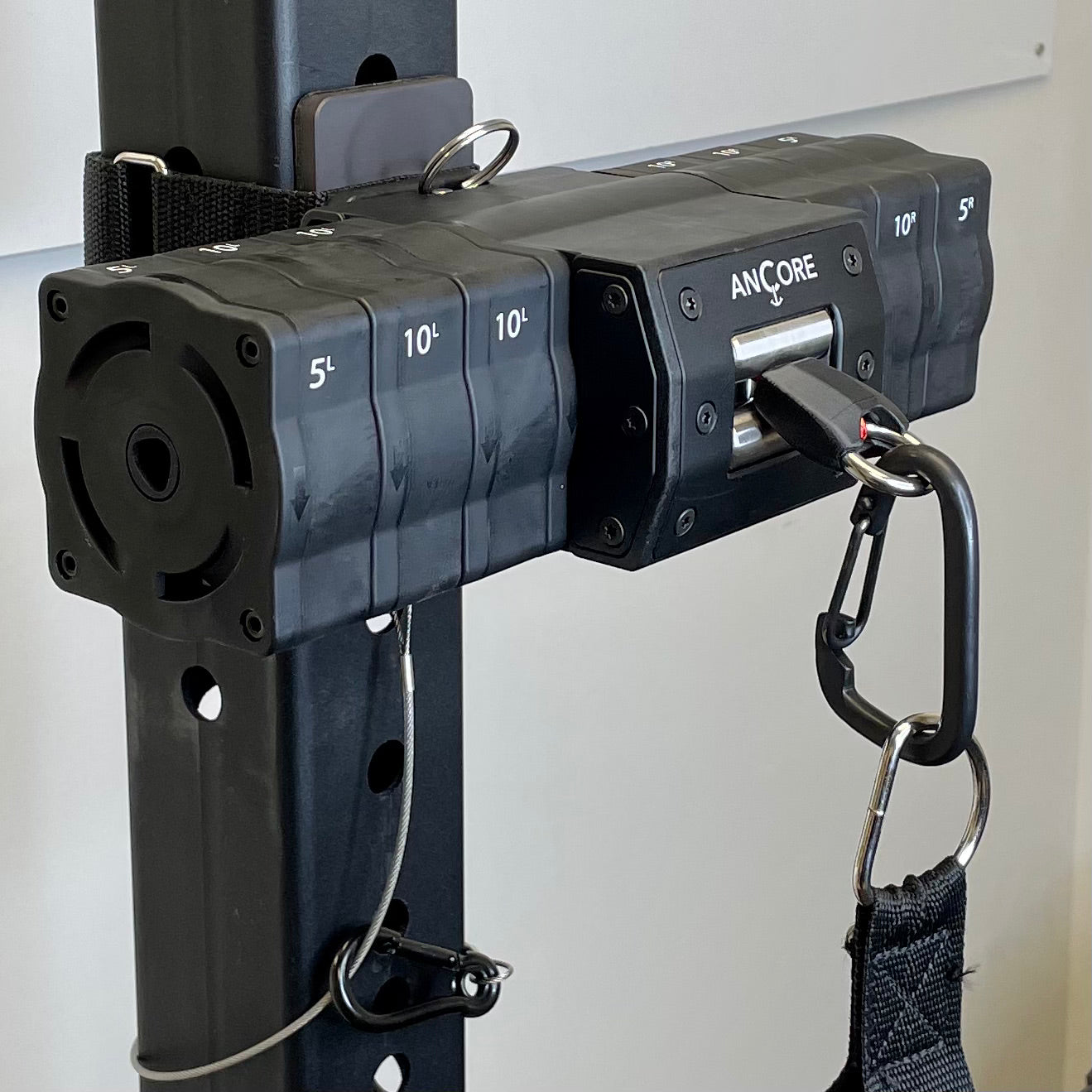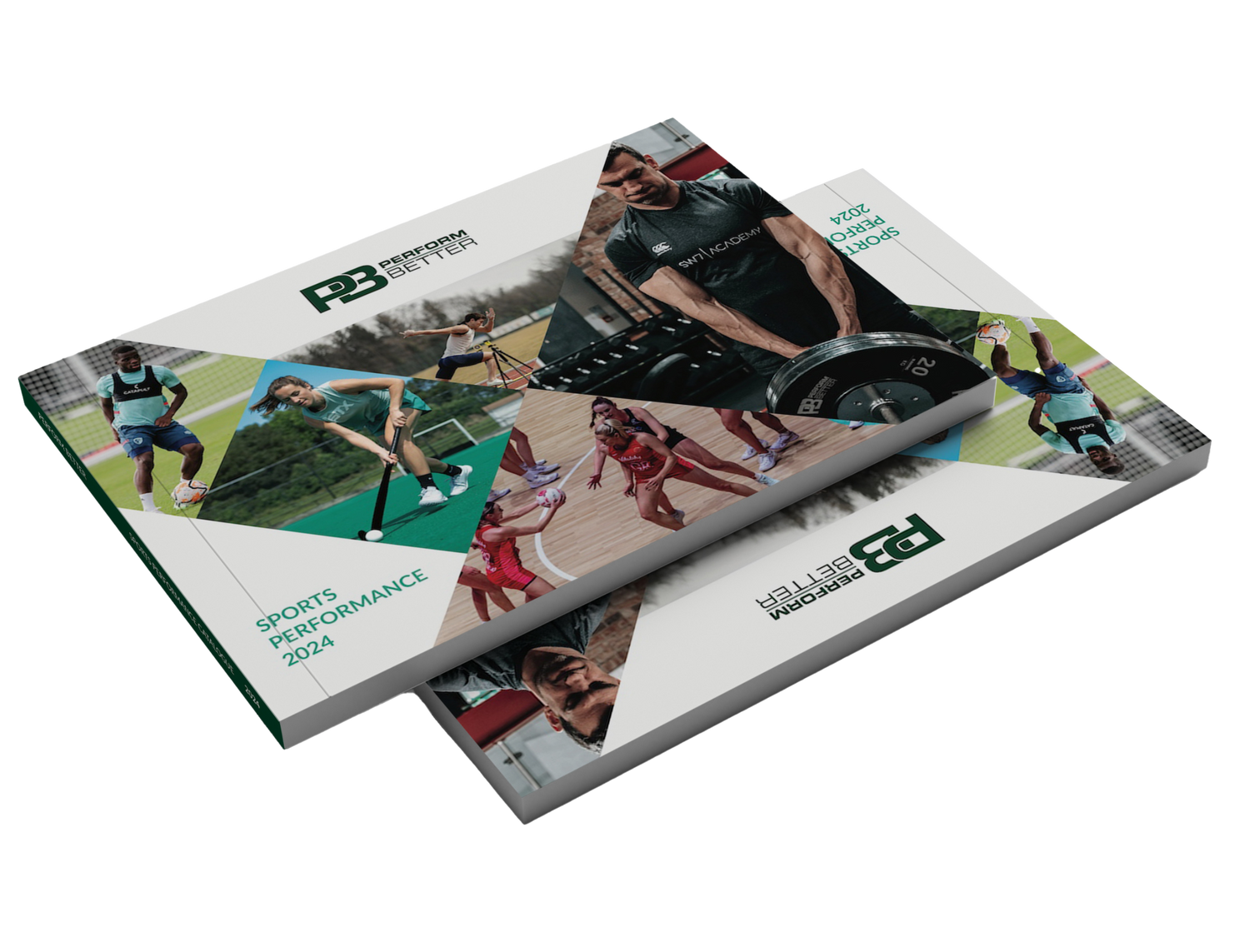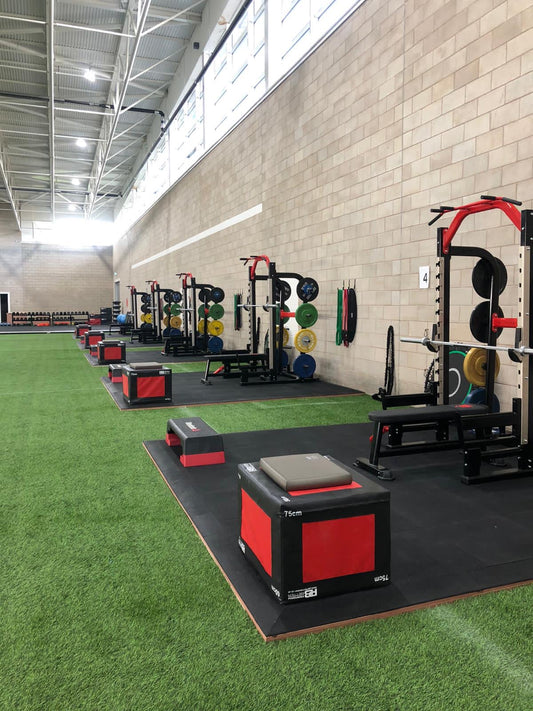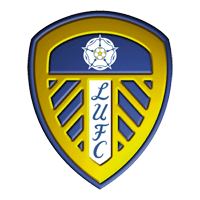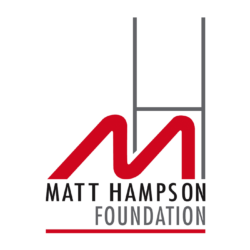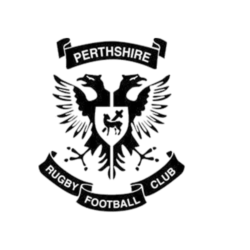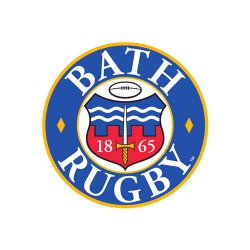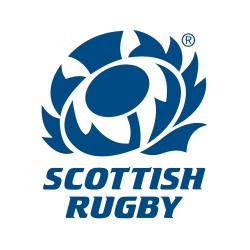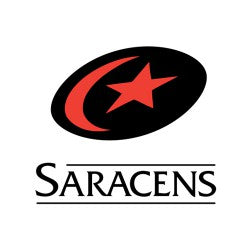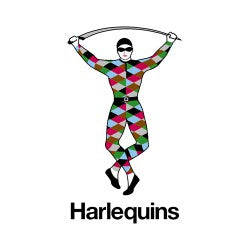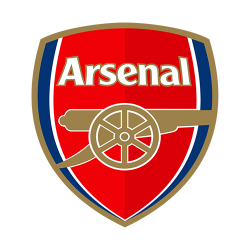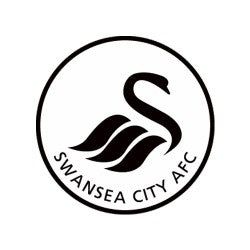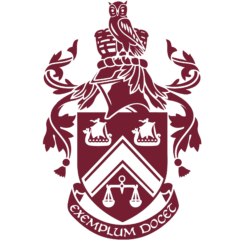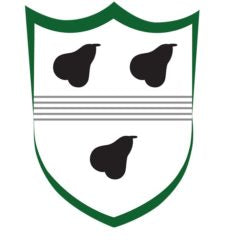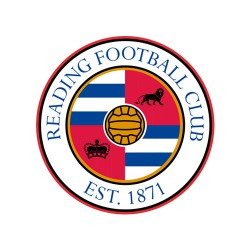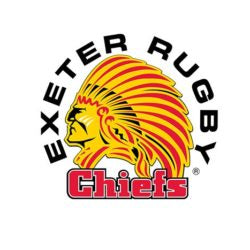The most crucial aspect of any athletic process is having a precise understanding of what is happening with the athlete’s movement. As well as being the most desired aspects to analyse, in some cases, this is also the most challenging.
Coaches training athletes to perform at an elite level is the ultimate goal. The hardest part has always been figuring out exactly what each individual needs to get them to that level, what tiny piece of the puzzle can elevate their performance.
On the same hand, physiotherapists need to know how their patient's recovery process is going, they need to accurately judge the state of their recovery and create the best-tailored rehabilitation plan for them moving forward, so they have the best chance of regaining optimal performance.
And finally, sports scientists will want to use accurate data on their athletes, the biggest gains, and insights from their studies rely on capturing athletes' data as accurately as possible.
All 3 professionals are doing widely different tasks, but all need the same thing, the ability to accurately assess an athlete.
Movella has created The Xsens systems that are at the cutting edge of motion capture technology. The MVN Link and MVN Awinda systems comprise of 17 wireless sensors, tuned to perfectly replicate the movements of the wearer and ensure real-time, reliable and accurate motion capture and analysis.
Whether it’s human motion analytics, ergonomics, biomechanics, sports science or rehabilitation, the design, proven Xsens biomechanical model, and sensor fusion algorithm deliver dependable and repeatable results. Additionally to this - the system has the capability to be completely portable and be taken anywhere with help from the magnetic immunity of the sensors. Think of a lab in the field.
In this article, we’re going to focus on the different ways that the Xsens systems are the perfect tool for helping coaches, sports scientists, and rehab professionals get the most out of their athlete's performance.

What is motion capture?
Motion capture is the process of analysing the movements of a subject, in our case an athlete, and then rendering those movements a system that can visualise the data so it can then be used to accurately observe or replicate those movements.
The Xsens motion trackers are able to capture everything from the smallest twitches to complex, dynamic movements. Ensuring full 3D motion analysis. It can be used anywhere, with quick set-up and calibration, offering stability and precision whenever and wherever you need it.
How can you take advantage of motion capture?
Now that you've got a good understanding of motion capture. Let’s get into why you should consider using this technology.
We’ve created a list of the best ways you can utilise the Xsens systems to get the most out of your sessions with your athletes.
Preventing injuries
Spotting inconsistencies in an athlete’s form and helping to correct them before it leads to injury, is one of the most beneficial uses of motion capture in sports.
In this study, Dr. Moorhead used the Xsens MVN Link to analyse top youth Italian tennis players- the goal was to use motion capture analysis to find ways of improving the athletes’ performance & technique. One of the main benefits he found was using the system to analyse Tennis serves and use differences in technique, of different athletes, to spot issues that could result in later injuries.
“Serving begins with the power of the feet driving into the ground, the kinetic energy then travels through the abdominal muscles, into the shoulder, the elbow, and finally, the hand. Somebody that doesn’t have an efficient or full kinetic chain may attempt the majority of the movement with the shoulder,” he said.
“Let’s say there’s no flexibility in an athlete’s hips and ankles for the overhead squat. Power gets lost at these joints and doesn’t get transferred. The subject is then required to produce all of the strength with their pecs and shoulders. You might be surprised to see some of these elite athletes; some of them can’t hold a bar and descend without collapsing at the hips or lifting their heels off the ground.
If you then compare a well-performed serve to a less accurate or powerful serve with different movement patterns, you can show they’re exposing themselves to more injuries. This could be mitigated by strengthening the rotator cuff, opening hips, or strengthening the posterior chain to explode upwards and come down on the ball. By looking at the basic movements using Xsens data, you can piece together the bigger movements one joint at a time.” explained Dr. Moorhead.
The same principles apply beyond Tennis and to football, golf and other sports where poor technique can increase the probability of injury for the athlete.
Improving performance
By analysing the movements and technique of an athlete and then comparing it to an ideal baseline set by a pro, coaches can get a much clearer understanding of their skill level and competency with the more intricate motions of their sport.
This can then allow the coach to create a training programme that’s specifically tailored to maximising the strengths of the athlete, whilst also addressing their weaknesses.
Being able to study exactly what an athlete is getting right (or wrong) when they practise, opens up a world of possibilities for improving their skills. All the coach needs is an ideal model, preferably from an elite professional in the sport on which to base their sessions. The athlete can then see, side-by-side comparisons of where they are differentiating from the ideal motions and get detailed feedback on what they need to do to get better. Moreso when undertaking any of the movements within their sport - whether that be the field or the gym, the system can be taken anywhere thanks to its portability and ease of use.
This style of training massively improves the probability of an athlete improving on these specific skills as they have clear, direct instructions via objective feedback on how they specifically can do so.

Enhanced Rehabilitation & recovery
Another area where the Xsens motion capture system can be beneficial is in helping physiotherapists determine if an athlete is fully recovered and ready to return to play.
In a study carried out by the University of Coventry during the Wimbledon tennis tournament, Principal Lecturer Dr. James Shippen used Xsens’s motion capture technology to study the playing styles of Wimbledon athletes.
When asked about how his work would assist athletes in terms of injury prevention or performance, Dr. Shippen said
“We see it in two different ways. First, if an athlete is playing normally – at peak fitness and doing as well as they can – we can measure and keep a record of that movement pattern. Then if the athlete incurs an injury at any point in the future, we can refer back to their records. For instance, physiotherapists could see how far along in recovery an athlete’s shoulder might be, and how long it will likely take to get back that previous range of motion.
In terms of injuries, you could feed this information into our BoB software. Short for ‘Biomechanics of Bodies’, it can automatically analyse internal body loadings, joint contact forces, muscle strain, and more. It’s absolutely excellent – and we don’t just say that because we built it! From BoB, you can work out whether more energy is being demanded from a muscle than it can generate.”
“You could not have done what we did using an optical setup, because we’re outside, actually on the tennis court. We’re getting clean data, in real-time, with inertial suits. An optical solution would not allow capture in the true-to-life environments achieved with Xsens MVN Link.” he said.
This benefit goes beyond athletes, if physiotherapists are able to compare patient movement to an ideal baseline, they are more accurately able to determine the progression of their physical therapy as well as what exercises or programmes the patient should be performing in order to make a full recovery.
Conclusion
Xsens provides a high-quality measure of kinematic data for coaches, physiotherapists, sports scientists and athletes, to aid in their athletic development and more informed rehabilitation.
The system allows for personalised training that can bring out the best in every athlete. It also helps physiotherapists during the rehab process and enables better assessment of patient progress and needs.
If you're looking to take advantage of this technology for your programme, click on the link below and we’ll help you get started.
Discover the Xsens MVN Link and the Xsens MVN Awinda systems.
References
Dr. Alex Moorhead. Enhancing The Performance Of Junior Pro Tennis Athletes With Xsens Mvn Analyse.https://www.xsens.com/cases/enhancing-the-performance-of-junior-pro-tennis-athletes-with-xsens-mvn-analyze
Dr. James Shippen. Xsens Arrives At Wimbledon - With The University Of Coventry. Xsens arrives at Wimbledon – with the University of Coventry
